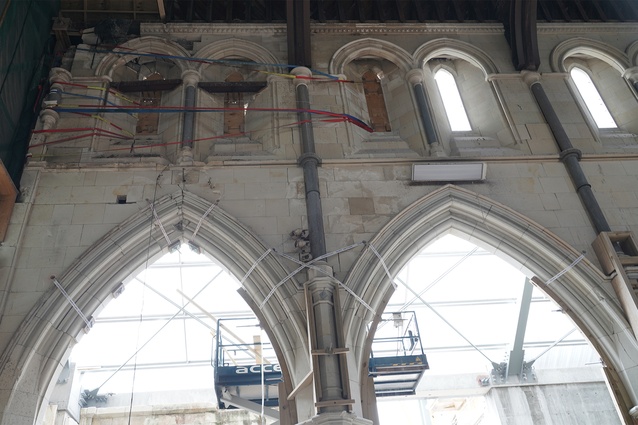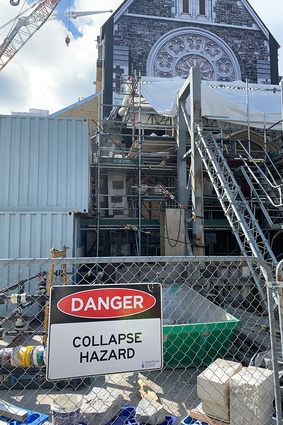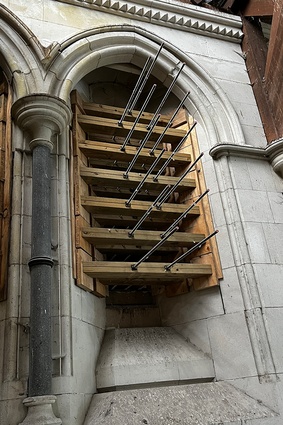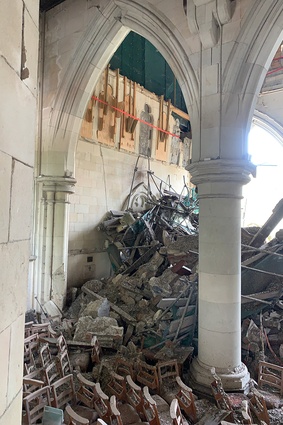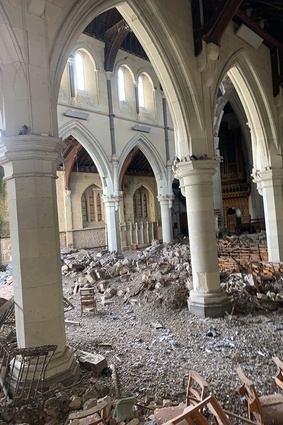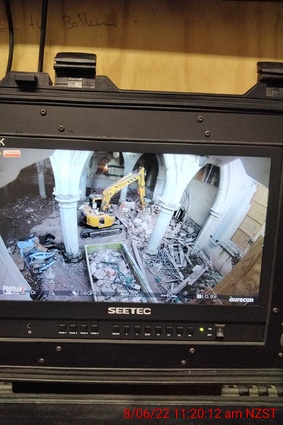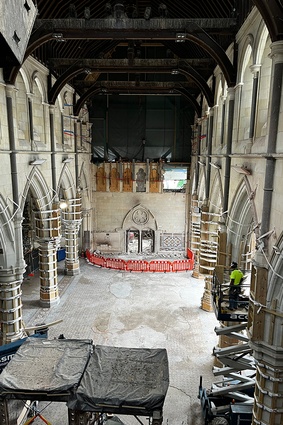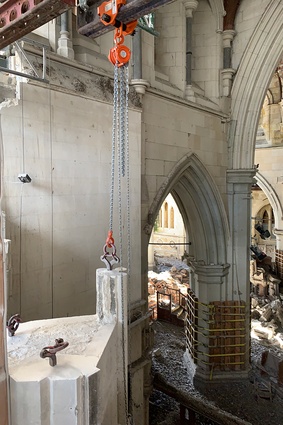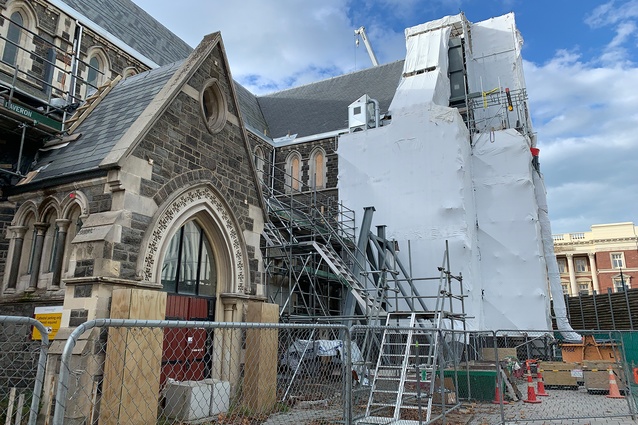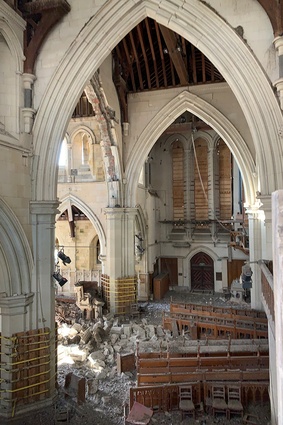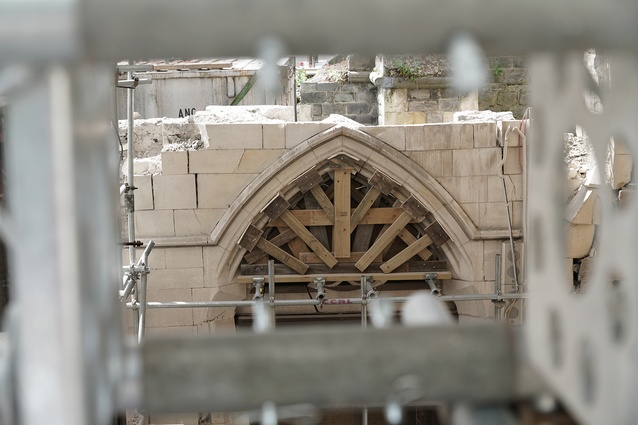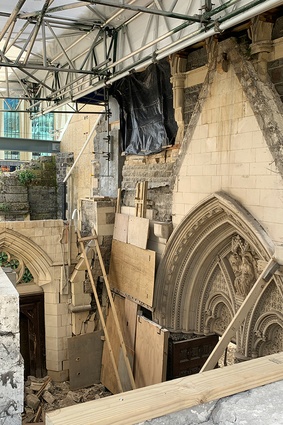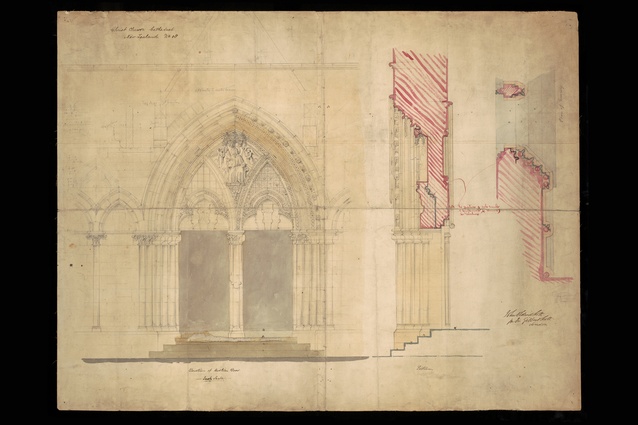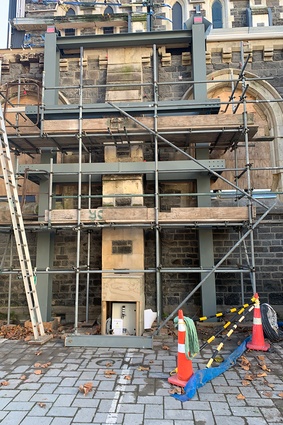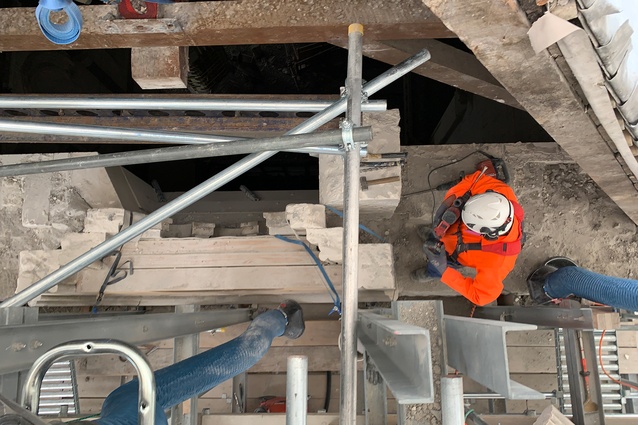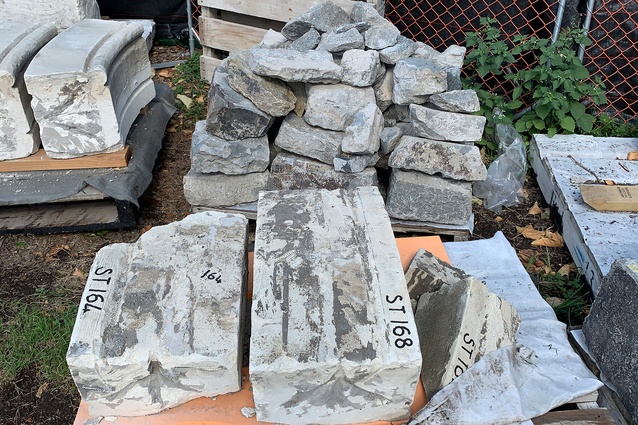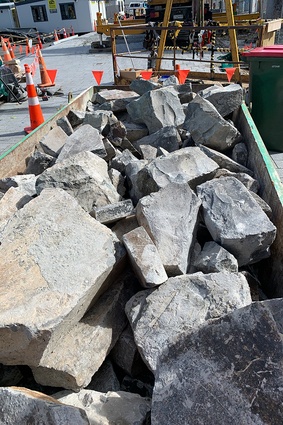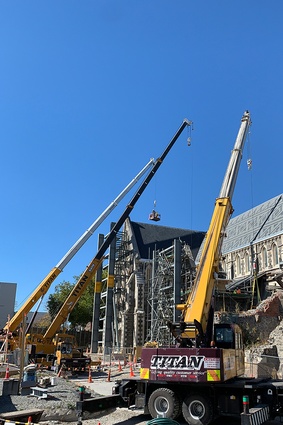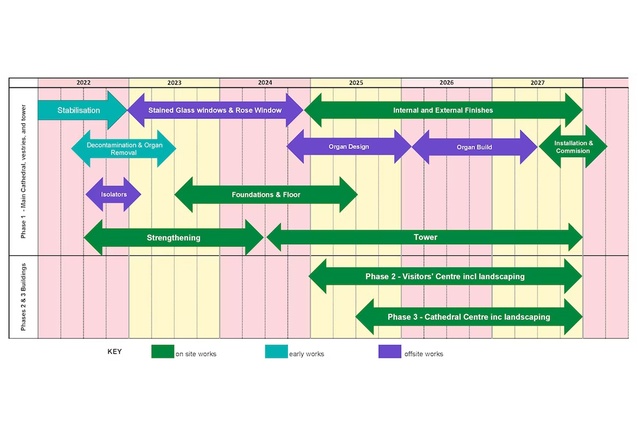Inside Christ Church Cathedral, Part 1
In the first part of this series, Tim Holmes of Warren and Mahoney writes on the challenges of the first stages of this project and we get an exclusive glimpse into the building's interior, made possible through specialised drone footage.
Works on the Christ Church Cathedral Reinstatement project began on-site in May 2020 to take the Cathedral from post-quake devastation to a place of worship, and to restore the iconic heart of the central city once again.
This is the first in a series of photo stories that will reveal the project since it began on-site. Each part of the series will present upcoming milestones as they arise and take a deeper look at aspects of the work, methods and design.

Over the last two years, works have been undertaken without entering the building due to the danger of it collapsing in a further earthquake and from the guano (accumulated excrement) that had accrued since the 2011 earthquake which felled the tower and has been an ongoing challenge to the project from the resident pigeons.
The stabilisation that has been taking place is the first of three project stages; the subsequent being strengthening and reinstatement. It has been a largely engineering-driven exercise to stabilise the building from its precarious post-quake state to a point where it can be considered safe to carry out building works within a structure no longer classified as earthquake-prone.
The stabilisation has been achieved through a combination of works. The most obvious element of the stabilisation stage was the installation of several large-scale steel frames, founded on substantial concrete screw pile foundations and connected to the building at the south and north transepts and to the west gable and the east apse, with steel rods grouted into the existing building fabric.
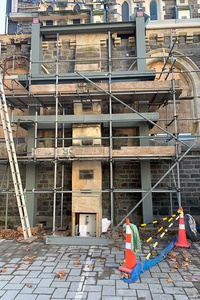
Concurrent with the aforementioned frames, several sections of unstable building have been deconstructed, the internal and external facing stone, surveyed, numbered and catalogued and stored on pallets for later re-use on the new reinforced concrete structure, replacing the original rubble fill of the one metre-thick walls. It was a surprise to find that the fill within the walls is comprised of reasonably large pieces of local basalt stone rather than a low-grade fill. As a result, it has been decided to change the design of the new Visitor Centre courtyard walls to enable this to be re-used as facing stone.
A further part of the stabilisation is the pinning, propping or strapping of loose or unstable stones in place, which will be addressed in the strengthening or reinstatement stages of the work and prevents them from being a hazard to the project in the meantime.
This stabilisation process has had a structural focus, however, to ensure that the method of the work doesn’t unnecessarily damage or compromise the existing heritage fabric, or provide a hindrance to later new works proposed, Warren and Mahoney architects have worked closely with conservation architect and heritage professionals William Fulton and Jenny May, commenting on, and suggesting alternatives where appropriate, as part of the greater project team.
See a fly-through of the project projected for completion in 2027 below:
For further news and updates on this project along with detailed information images and videos, head to Christ Church Cathedral Reinstatement Project‘s website.
Tim Holmes of Warren and Mahoney is project architect on the Cathedral Reinstatement Project and in February 2022 completed a post graduate certificate in Heritage and Archaeology at Leicester University, building on 25 years’ experience working with Heritage buildings.

